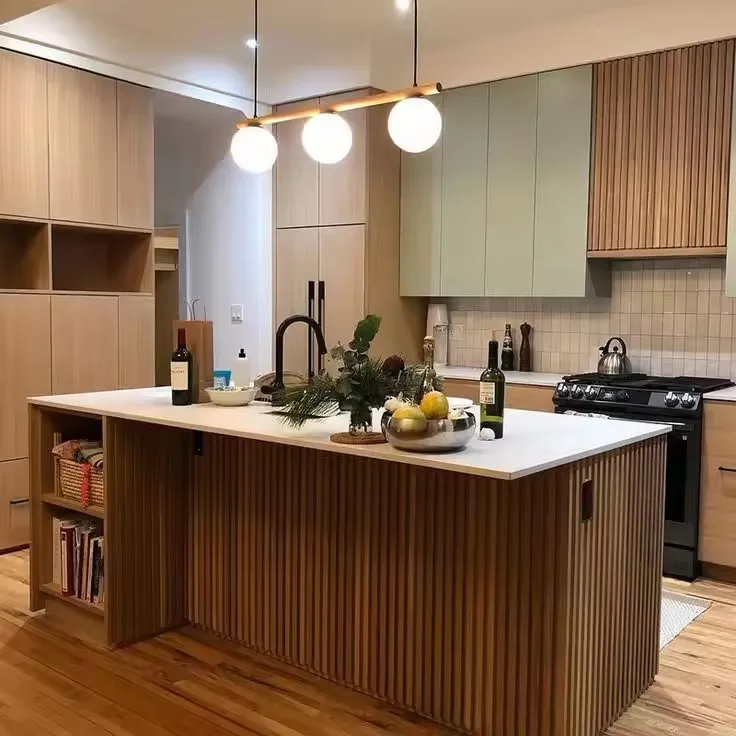The Rise of Wood Fiber Acoustic Panels A Sustainable Solution for Sound Control
In recent years, there has been an increasing awareness about the importance of acoustic comfort in both residential and commercial spaces. One innovative solution that has gained traction in the realm of sound management is wood fiber acoustic panels. These panels offer an eco-friendly approach to noise reduction, enhancing not only the acoustics but also the aesthetic appeal of any environment.
What are Wood Fiber Acoustic Panels?
Wood fiber acoustic panels are specially designed sound-absorbing materials made from natural wood fibers. These panels are engineered to reduce noise by absorbing sound waves, thereby minimizing echo and improving overall sound clarity. The unique structure of wood fiber allows it to trap sound energy, preventing it from bouncing back into the room.
The use of wood as a primary material in acoustic panels brings several advantages. It is a renewable resource, and when sourced responsibly, it contributes to sustainable building practices. Additionally, wood fiber panels are typically biodegradable, making them a more environmentally friendly option compared to synthetic materials.
Benefits of Wood Fiber Acoustic Panels
1. Sustainability One of the most significant advantages of wood fiber panels is their eco-friendliness. Many manufacturers prioritize sourcing wood from sustainably managed forests, reducing the ecological footprint associated with production.
2. Aesthetics Wood fiber acoustic panels offer a natural and warm aesthetic that can complement various design styles. They can be finished in various colors and textures, making them suitable for any interior décor. This versatility allows architects and designers to incorporate them seamlessly into spaces without compromising visual appeal.
wood fiber acoustic panels

3. Acoustic Performance These panels provide excellent sound absorption across a range of frequencies. This capability is particularly beneficial in public spaces like auditoriums, conference rooms, and restaurants, where controlling noise levels is crucial for comfort and communication.
4. Thermal Insulation In addition to sound absorption, wood fiber panels also have thermal insulation properties. This dual functionality can contribute to energy efficiency, as they help maintain desired temperatures within spaces while simultaneously enhancing acoustic conditions.
5. Ease of Installation Wood fiber acoustic panels are generally easy to install. They can be mounted on walls or ceilings using various methods, including adhesive, clips, or brackets. This flexibility allows for quick upgrades to existing spaces without extensive renovation work.
Applications of Wood Fiber Acoustic Panels
Wood fiber acoustic panels are suitable for a variety of applications. In commercial settings, they are frequently used in offices, restaurants, schools, and healthcare facilities to create more acoustically favorable environments. In residential spaces, these panels can be used in home theaters, living rooms, or nurseries, helping to control sound for heightened comfort.
Moreover, with the growing trend of biophilic design, where natural elements are incorporated into built environments, wood fiber panels resonate well with this philosophy. By enhancing both acoustic performance and aesthetic value, they align with the desire for spaces that promote well-being and tranquility.
Conclusion
As society continues to prioritize sustainability and comfort in design, wood fiber acoustic panels emerge as a frontrunner in the quest for effective sound management solutions. Their eco-friendly credentials, combined with impressive acoustic performance and design versatility, make them an ideal choice for a wide range of applications. Whether you're an architect, designer, or simply looking to improve the sound quality in your home, wood fiber acoustic panels present a smart, sustainable option that addresses modern needs in a stylish manner.
